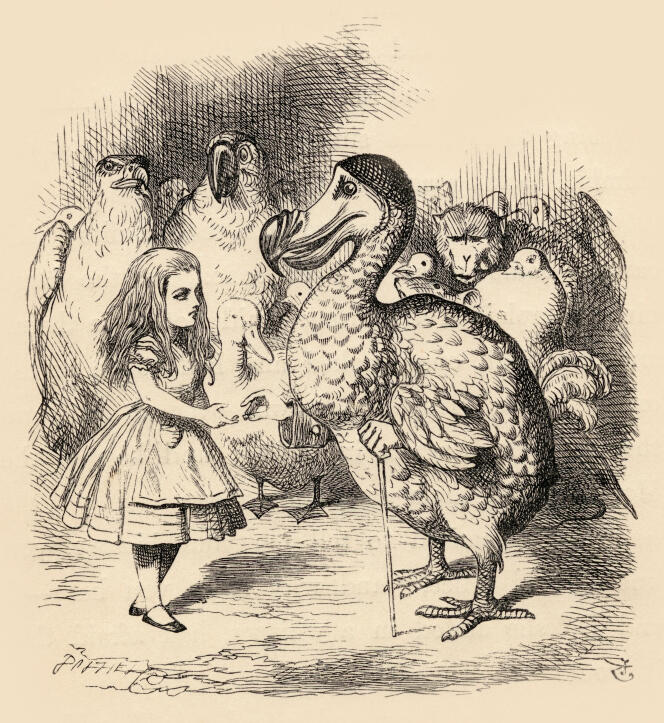


With a doctorate in paleontology, Delphine Angst has devoted her work to the dodo, with two postdocs, in South Africa and England, and several articles dedicated to the iconic bird of Mauritius. In an interview, Angst takes stock of past and recent research on the dodo, which has been extinct for nearly four centuries but still continues to fascinate people.
What's complicated about the dodo is that it was contemporary with man, but at a time when [the study of] natural history didn't exist – it disappeared in the 17th century, probably in the 1660s. This was well before Charles Darwin (1809-1882). We had no idea how to document the natural sciences. And the people who saw the dodos alive were sailors with no naturalist training. They described them very succinctly in their logbooks. What's more, we have very few dodo remains: No preserved specimens and very few bones, except for those we have removed from marshes, in other words, from a very destructive environment. This makes many chemical analyses impossible or very complicated.

At the time, a few animals were sent to Europe and Asia to be shown. Only one was preserved after its death, the one in London. But it was soon damaged and destroyed. They kept one leg and the head. As for the bones, most came from a site called Mare-aux-Songes, in the southeast of the island, excavated from 1865 onward, so two centuries after extinction, and quite brutally, as one would do in a swamp. It wasn't done with toothpicks or small knives, but by trampling the ground. The result is that the skeletons we see in museums are all composite or fragmentary, with the exception of the one in Port-Louis, Mauritius. All this makes even anatomical studies of specimen dimensions difficult.
Rather, they come from documents from the period that depicted dodos in an increasingly exaggerated way, as extremely large, extremely fat birds. And they were often described as outrageously colored, like parrots. We have depictions of a rather ridiculous bird and texts that tell us it didn't even run away when it saw men, proof of its stupidity. In fact, the very word "dodo" comes from the Dutch dodaarsen, meaning "stupid." A moron, in short. But when you deconstruct all this, you see that it's all wrong. It had no reason to run away, since it'd never had a predator. And humans exterminated it so quickly that it didn't have time to adapt. The same goes for its obesity. There must have been some obese individuals: those that were brought back, fed first by sailors, then in zoos. These are the ones that have mainly been represented, far from the reality on Mauritius. So no, the dodo was neither stupid nor obese nor maladjusted, except for the new environment imposed by man. But clichés sometimes die hard.
You have 65.05% of this article left to read. The rest is for subscribers only.
